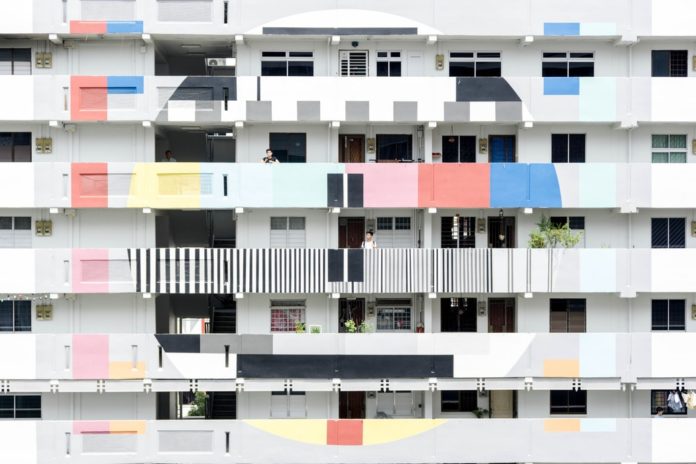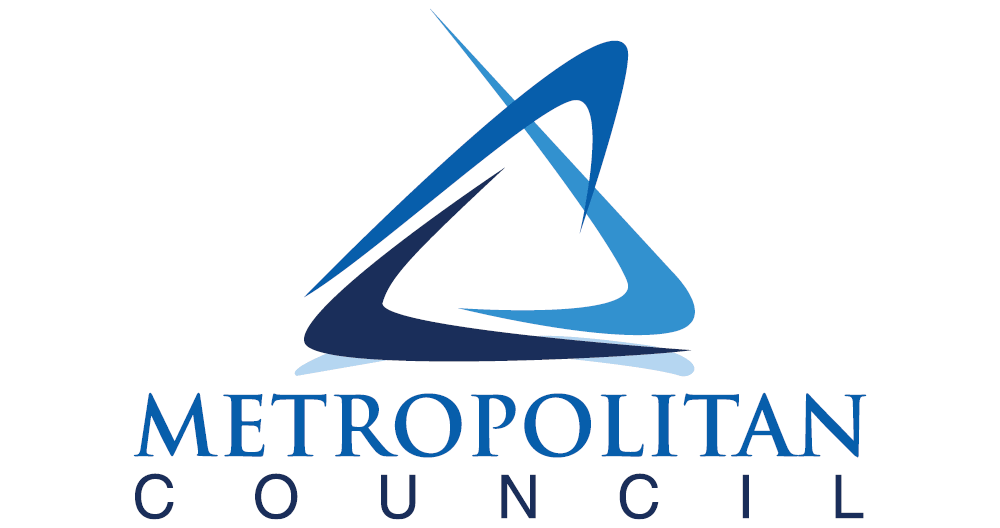
While luxury condos and market-rate apartments continue to dominate the busier parts of St. Paul and Minneapolis (in the arts district of St. Paul’s Lowertown, especially), the regional government is keeping a focus on affordable housing; seeking to maintain a balance for the type of housing found across Twin Cities metro communities.
The Metropolitan Council (the “regional governmental agency and metropolitan planning organization in Minnesota serving the Twin Cities seven-county metropolitan area,” if you’re unfamiliar), recently approved $5.2 million(+) for projects in four Twin Cities metro areas.
The plan for the money is a simple one: Clean up brownfield sites, develop affordable housing, and create “models of mixed-use and transit-oriented development, job growth and economic opportunity.”
(“Affordable” housing, i.e. housing available to those in the median income bracket and available without spending more than 30% of that income on housing expenditures – rent, utilities, etc.)

Livable Communities grants, through which these funds are provided, were designed to “support job growth and economic opportunity, as well as leverage millions in private investment,” by doing exactly that; they support the idea that if any/everyone has a dignified place to live, money to spend, and access to the places to spend it, that the region’s economy as a whole with flourish. The more money people have, after all, the more money people will spend on goods and local services.
Council Chair Alene Tchourumoff described the investment as such in a Met Council statement, released on 2/5/18, “The Council investment will help to create more than 350 units of affordable housing, increase the net tax capacity by nearly $832,000 and leverage more than $12 million in other public funding and more than $146 million in private investment. I’d say that’s an excellent return on investment.”
“Investing in local communities is one of our most effective ways to support the creation of affordable housing.”
And Governor Mark Dayton agreed: “For more than two decades, the Livable Communities Grant Program has turned polluted land across the Twin Cities into fertile ground for economic growth and opportunity and invested in our local communities… These grants will create 70 jobs and support the development of more than 560 new units of housing.”
Around $12 million a year is awarded through Livable Communities grants. The recently-awarded grants will support key projects in the cities of Minneapolis, Saint Paul, Roseville, and Minnetonka, and the largest projects awarded grant money are as follows:
Edison, Roseville: $248,288 will got toward the development of a “mixed-income community for veterans and people who previously experienced long-term homelessness.”
The former Pioneer Press headquarters in downtown Saint Paul: $250,000 will go towards turning the former Pioneer Press building into 143 affordable apartment units. A YMCA-run teen tech center, focused on offering classes and training for youth, as well as space for potential retail, will be available onsite as well.
Penn Avenue Union, Minneapolis: $1,069,819 to go to mixed-income development project near the coming-soon C-Line Penn Avenue/Golden Valley Road station, also connecting affordable housing with available public transit. The mixed-use project will contain “residential units, commercial space, a restaurant and youth after-school programming.”
Mino-Bimaadiziwin, Minneapolis: $1.8 million will be awarded for the developmment of affordable apartments. Included is community wellness and office space. A grant was already awarded to the site recently for brownfield cleanup.
The Mariner, Minnetonka: $1,876,500 will go towards a mixed-income housing development near the Green Line Extension Opus station – connecting the housing in the outer metro with downtown job opportunities.
















